Indian Army Agniveer Syllabus 2025, Check Subject wise Exam Pattern
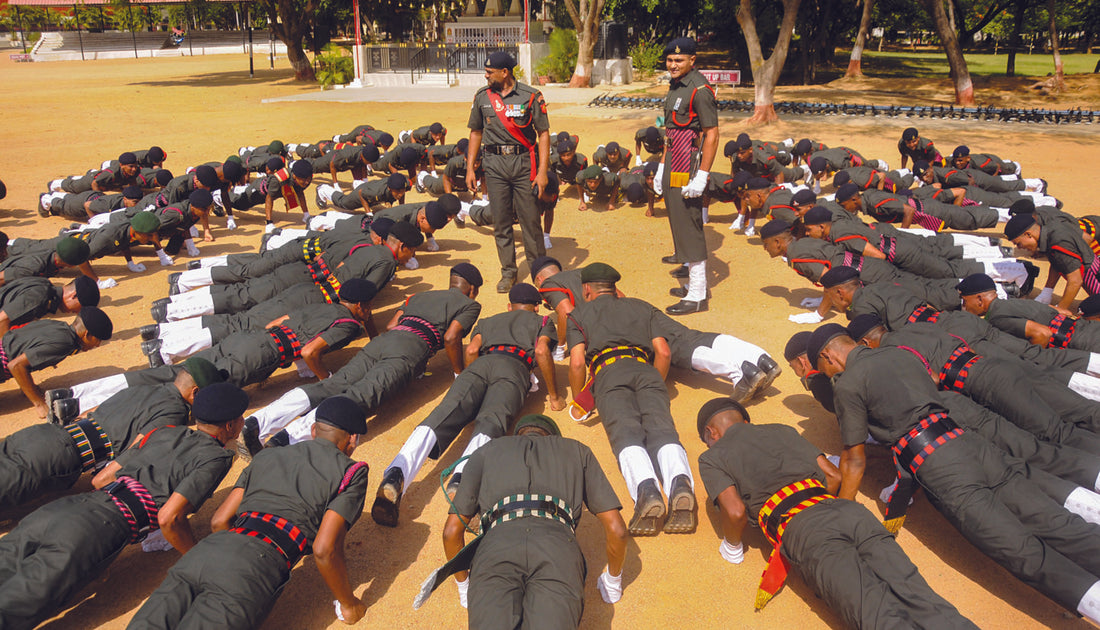
To prepare for the Indian Army Agniveer exam in 2025, understanding the syllabus, exam pattern, and various stages of the selection process is paramount. The Agniveer scheme, a critical initiative of the Indian Army, offers young individuals an opportunity to serve in the armed forces while also gaining valuable skills and experience. This article aims to provide a comprehensive overview of the Agniveer syllabus and exam pattern, focusing on the different branches and their respective subjects.
Historical Context
The Indian Army Agniveer scheme was introduced in 2022 as part of a transformative effort to recruit personnel into the armed forces. This program was designed keeping in mind the modern needs of the military, allowing for a younger workforce to be inducted. The Agniveers serve for a limited period, yet they carry with them the ethos and values of the Indian Army, further strengthening the nation’s defense. With its emphasis on youth engagement, the scheme not only provides a pathway for individuals to join the armed forces but also instills discipline, resilience, and leadership qualities in them.
Understanding the Agniveer Structure
As potential candidates gear up for the Agniveer exam, they must be familiar with the syllabus and the subject-wise exam pattern. It is essential to note that the examination varies based on the position a candidate is applying for. Below is a detailed breakdown of the subjects and exam structure for the General Duty, Technical, and Clerk posts.
General Duty (GD)
Subjects Covered:
- General Knowledge
- General Science
- Mathematics
- Logical Reasoning
Exam Pattern:
- General Knowledge: 15 questions, 30 marks
- General Science: 15 questions, 30 marks
- Mathematics: 15 questions, 30 marks
- Logical Reasoning: 5 questions, 10 marks
- Total: 50 questions for 100 marks
In the General Duty category, the emphasis is on assessing a candidate's broad awareness and reasoning skills, fundamental for functioning in various roles within the Indian Army.
Technical Branch
Subjects Covered:
- General Knowledge
- Mathematics
- Physics
- Chemistry
Exam Pattern:
- General Knowledge: 10 questions, 40 marks
- Mathematics: 15 questions, 60 marks
- Physics: 15 questions, 60 marks
- Chemistry: 10 questions, 40 marks
- Total: 50 questions for 200 marks
This section tests candidates on their technical understanding, critical for roles that require scientific and mathematical proficiency.
Clerk
Subjects Covered:
- Part 1: General Knowledge, General Science, Mathematics, Computer Science
- Part 2: General English
Exam Pattern:
-
Part 1:
- General Knowledge: 5 questions, 20 marks
- General Science: 5 questions, 20 marks
- Mathematics: 10 questions, 40 marks
- Computer Science: 5 questions, 20 marks
-
Part 2:
- General English: 25 questions, 100 marks
- Total: 50 questions for 200 marks
The clerk position demands a blend of general awareness, mathematical ability, computer knowledge, and English proficiency, vital for administrative roles within the military framework.
Marking Scheme
Understanding the marking scheme is essential for candidates:
- Each correct answer earns 2 marks.
- There is a negative marking system in place:
- For General Duty, -0.5 marks for each incorrect answer.
- For Technical and Clerk departments, -1 mark for each wrong answer.
This aspect of the exam requires candidates to approach questions with careful consideration.
Mode of Exam
The Indian Army Agniveer exam is conducted online, adding a modern touch to the examination process. Candidates should ensure they are comfortable with digital formats and are familiar with taking tests in an online environment.
Selection Process
The selection process for the Indian Army Agniveer consists of multiple stages, ensuring that only the most capable candidates are chosen. The process involves:
- Common Entrance Exam (CEE): An online written test that assesses the written knowledge of candidates.
- Physical Fitness Test (PFT): A practical assessment of the candidate's physical abilities, involving exercises like running and push-ups.
- Physical Measurement Test (PMT): Evaluates height, weight, and chest measurements to ensure candidates meet the Army’s physical standards.
- Medical Test: Conducted by an Army Medical Team to confirm that candidates meet health standards critical for service.
These stages serve to evaluate the comprehensive skillset and physical agility of the candidates, aligning with the army’s rigorous standards.
Syllabus Overview
General Knowledge
This section covers a broad spectrum of current affairs, history, and geography. Candidates should prepare for questions related to major events in India and around the world. Keeping up with newspapers, magazines, and reliable online resources can significantly enhance one’s general knowledge.
General Science
General Science encompasses physics, chemistry, and biology topics primarily from Classes 10 and 12. Candidates should be able to understand basic concepts and solve problems related to science. Textbooks and online resources designed for competitive exams can be particularly useful.
Mathematics
The Mathematics section includes topics like algebra, geometry, and trigonometry. Practice is key here, and candidates should focus on problem-solving speed. High school math books often cover the required concepts, but numerous online platforms provide practice questions and mock tests.
Logical Reasoning
This section includes various topics like number sequences, data sufficiency, and logical conclusions. Critical thinking is essential, and practicing logical puzzles can help candidates improve in this area significantly.
Physics and Chemistry (for Technical Branch)
Students aspiring for the Technical Branch must delve deeper into their understanding of these subjects. It is advantageous to focus on practical applications and problem-solving, using higher secondary school syllabi and coaching material to prepare.
Computer Science (for Clerk Position)
Candidates for the clerk position must have a firm grasp of basic computer science concepts, including operating systems, types of software, and basic programming principles. Resources such as SSBCrack’s online courses offer valuable insights into mastering this area.
Practice and Preparation
Effective preparation requires a multi-faceted approach:
- Familiarization: Candidates must fully understand the syllabus and exam patterns of their chosen branch.
- Resource Utilization: Using a combination of textbooks, online courses, and reputable educational platforms is essential. SSBCrack and SSBCrackExams provide detailed study materials, practice papers, and eBooks tailored for Agniveer preparation.
- Question Practice: Engaging with previous years' papers and mock tests can provide a realistic feel for the examination's style and difficulty.
- Revision Schedule: A well-structured study plan that incorporates periods for revision and self-assessment tests can help consolidate knowledge.
- Physical Fitness: Regular exercise, proper nutrition, and mental health practices are paramount for candidates, especially for those facing the PFT.
Challenges and Solutions
As candidates navigate their preparation, several challenges might arise:
- Stress and Anxiety: The competitive nature of the exam can lead to stress. Managing time effectively, engaging in relaxation techniques, and seeking support from mentors can alleviate anxiety.
- Lack of Resources: While many candidates have access to varied study materials, some might find it hard to locate comprehensive resources. Leveraging online platforms like SSBCrack for structured courses can bridge this gap.
- Balancing Studies and Physical Training: Time management is crucial. Candidates can create a timetable that allocates specific hours for study and exercise, ensuring a balanced approach.
Future Trends and Predictions
The Agniveer scheme is likely to evolve with advancements in technology and emerging global defense trends. As the digital landscape changes, the recruitment process may also incorporate more sophisticated assessment methods, including psychological evaluations and advanced physical tests. Candidates should remain flexible in their preparation, adapting to any changes that the Indian Army may implement.
Conclusion
In summation, understanding the syllabus and exam pattern for the Indian Army Agniveer in 2025 is crucial for candidates aspiring to join the ranks. With a comprehensive exam structure that includes a range of subjects and a rigorous selection process, preparation must be strategic and well-planned. The Agniveer scheme not only opens doors for young individuals to serve their country but also equips them with life-changing experiences. By familiarizing oneself with the details outlined in this article and utilizing resources like those provided by SSBCrack, candidates can significantly enhance their chances of success. As they embark on this journey, the commitment to excellence and a spirit of service will serve as their guiding principles.



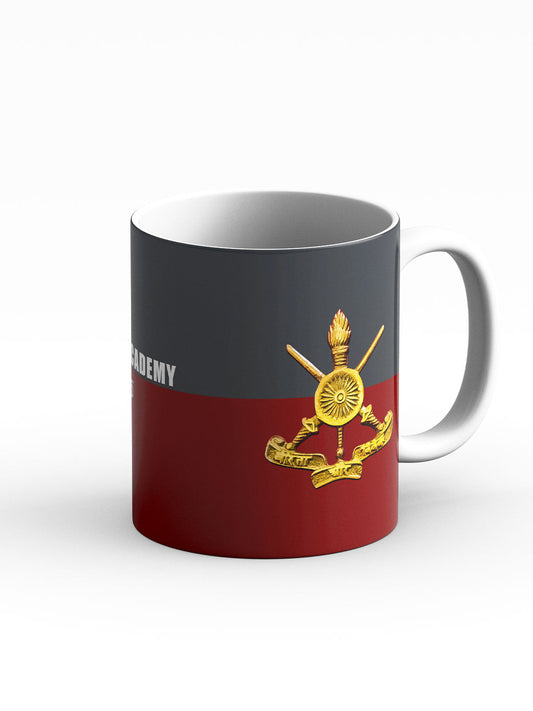
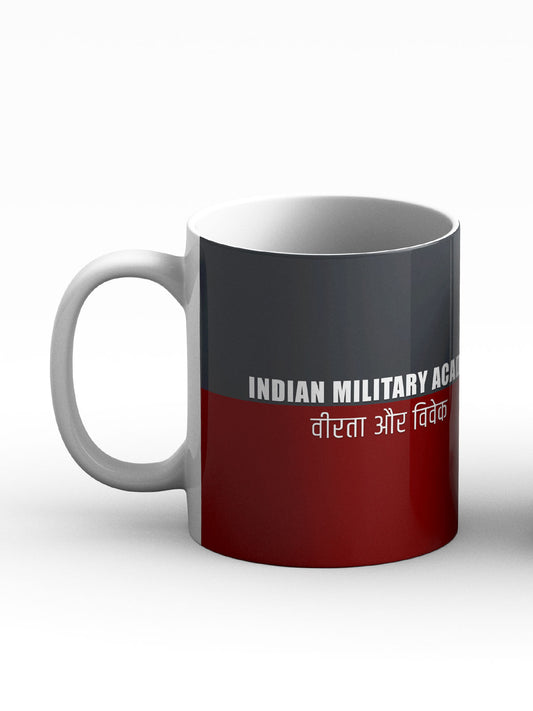
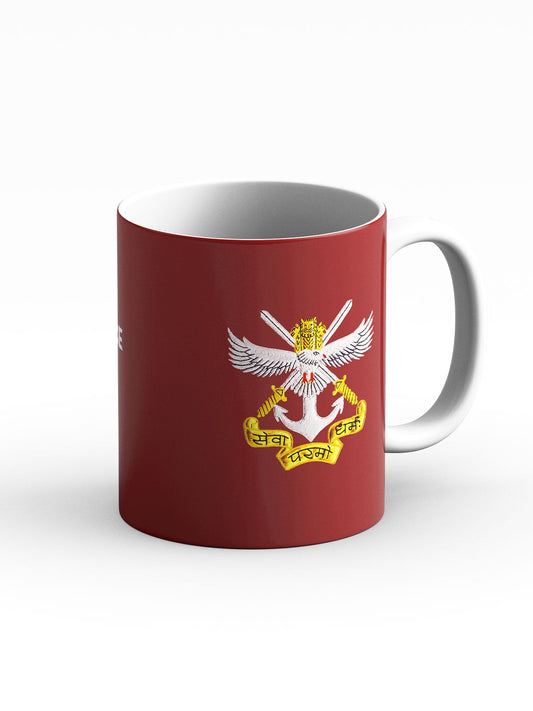
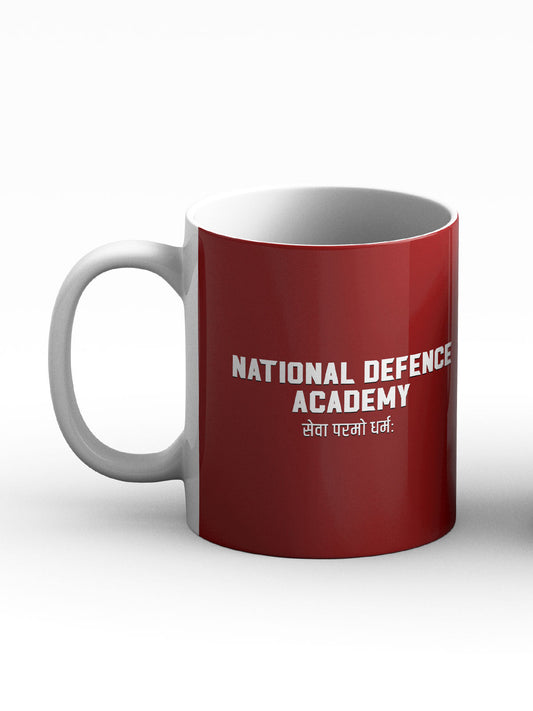

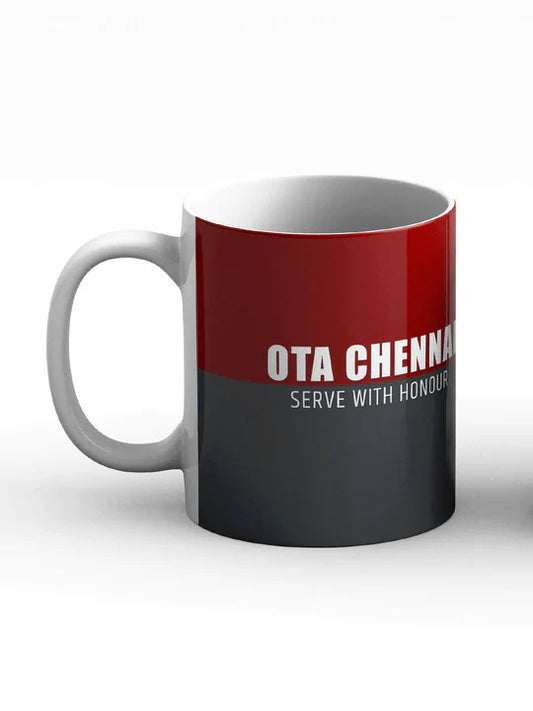
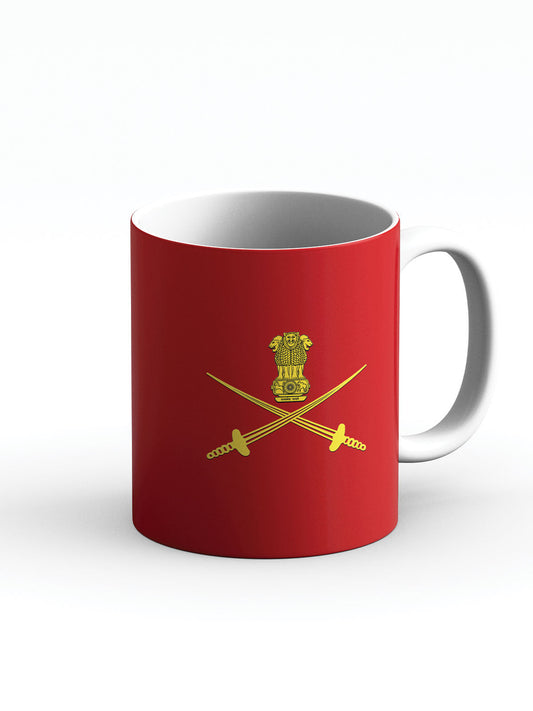
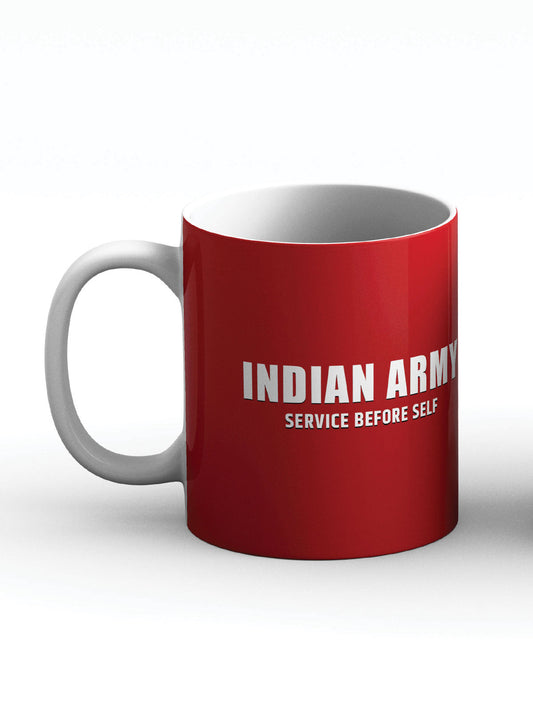

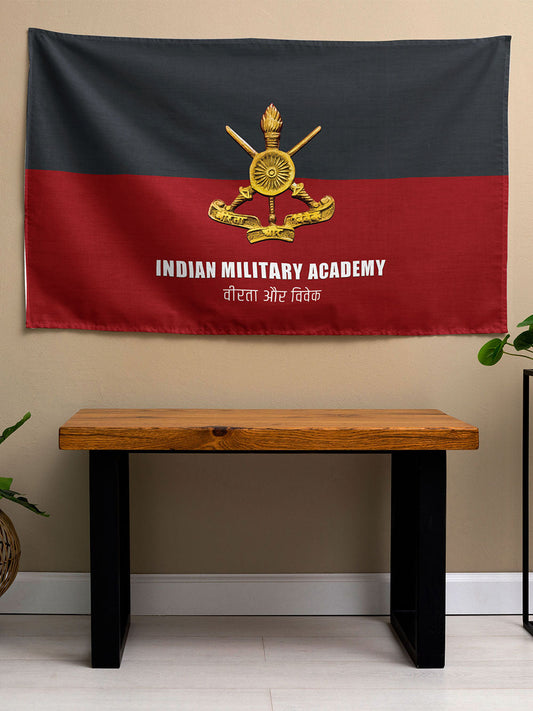

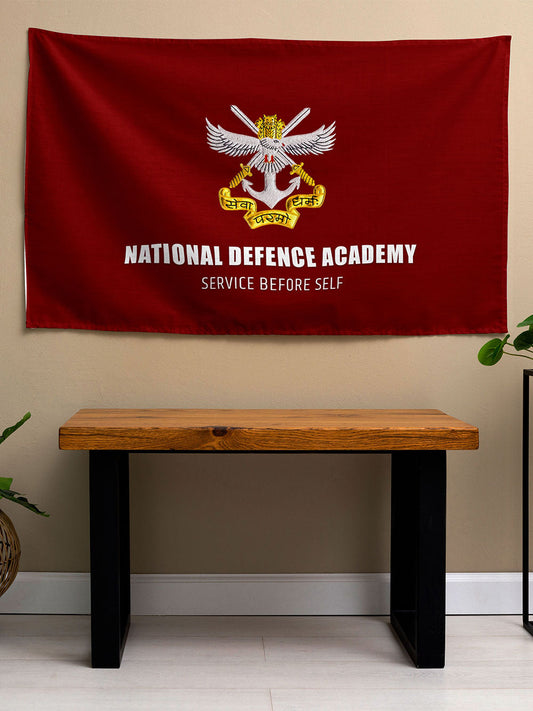
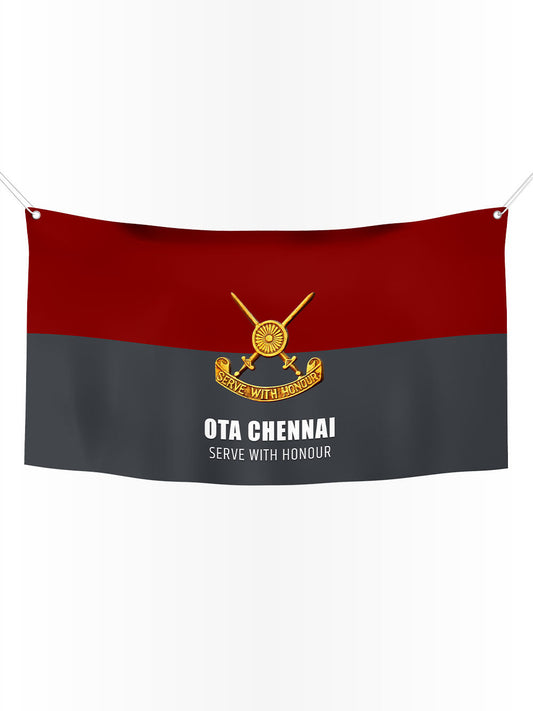
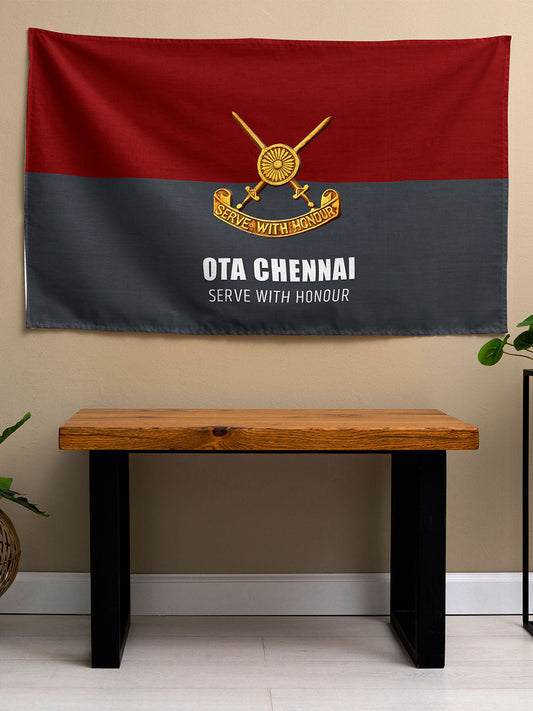

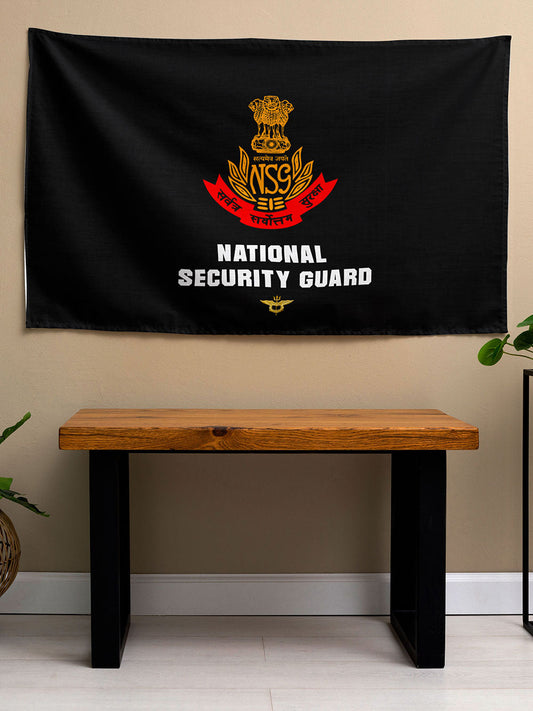

9 comments
Shankar yadav
I love indian army
Shiv yadav
Shiv yadav
Shiv yadav